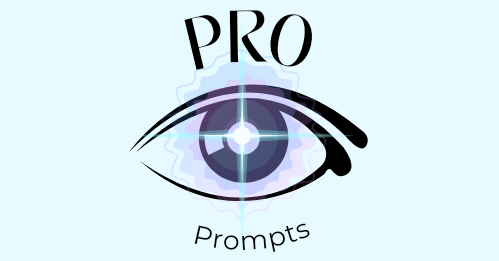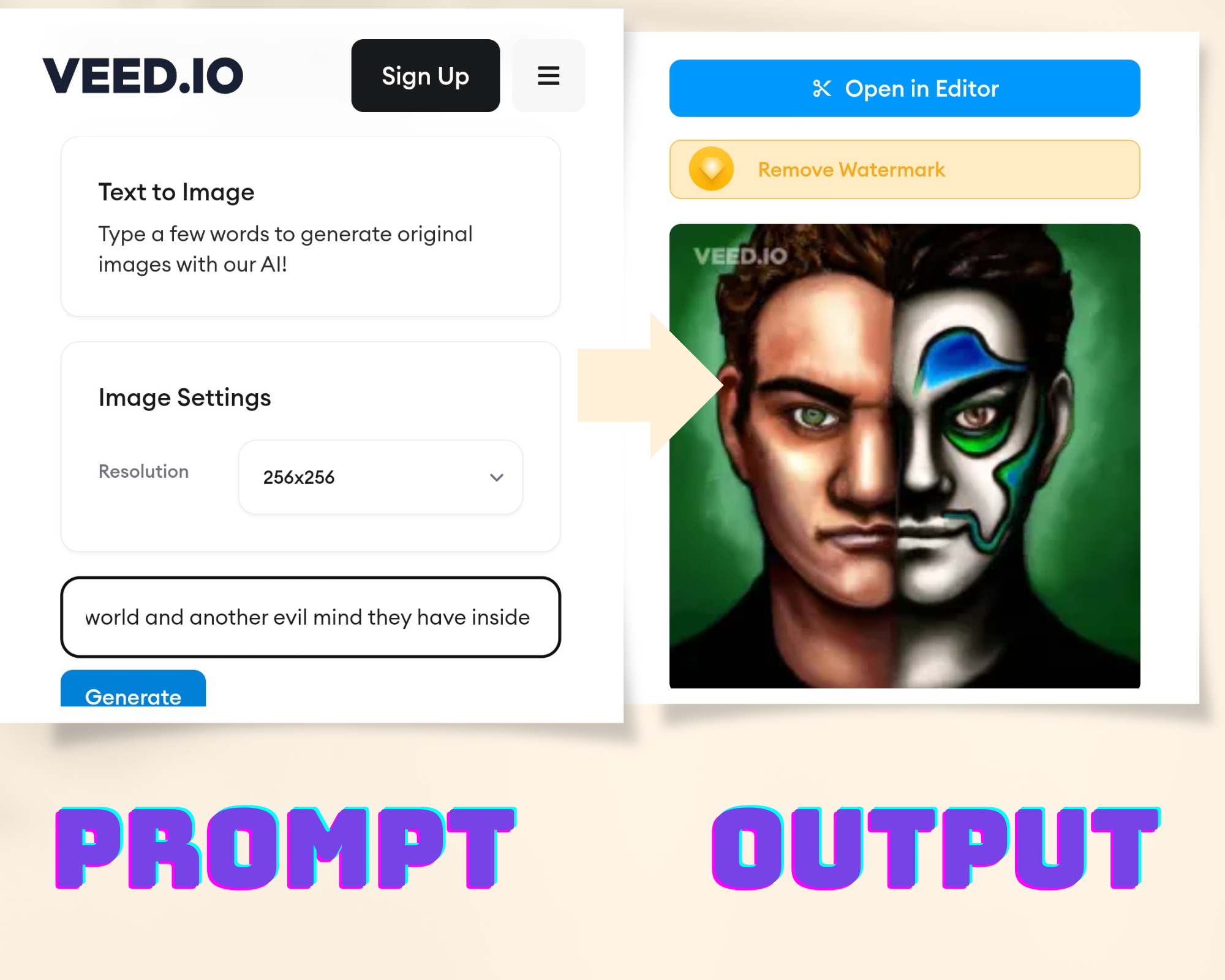AI image generator tools are being widely used in many fields. I tried some of them with the same prompts. Each tool gave different results. Now, let’s rate each tool’s performance.
I used the same prompt for all these AI image generator tools, asking for a
“hyper realistic digital art showing two faces of human, one they show to the world and another evil mind they have inside”
Surprisingly, each tool created a different image in response. Now, I’m going to rate each tool based on their results.
Now basically I wanted to create an image something like this, let’s see how close AI can reach.

image credit: https://www.deviantart.com/sayahelmi/art/two-sides-of-human-nature-311473839
1. Freepik AI image generator
https://www.freepik.com/ai/image-generator

This tool just generated an image that is divided into 2 parts. Considered symmetry as well.
Rating: 6/10
2. veed.io
https://www.veed.io/tools/ai-image-generator
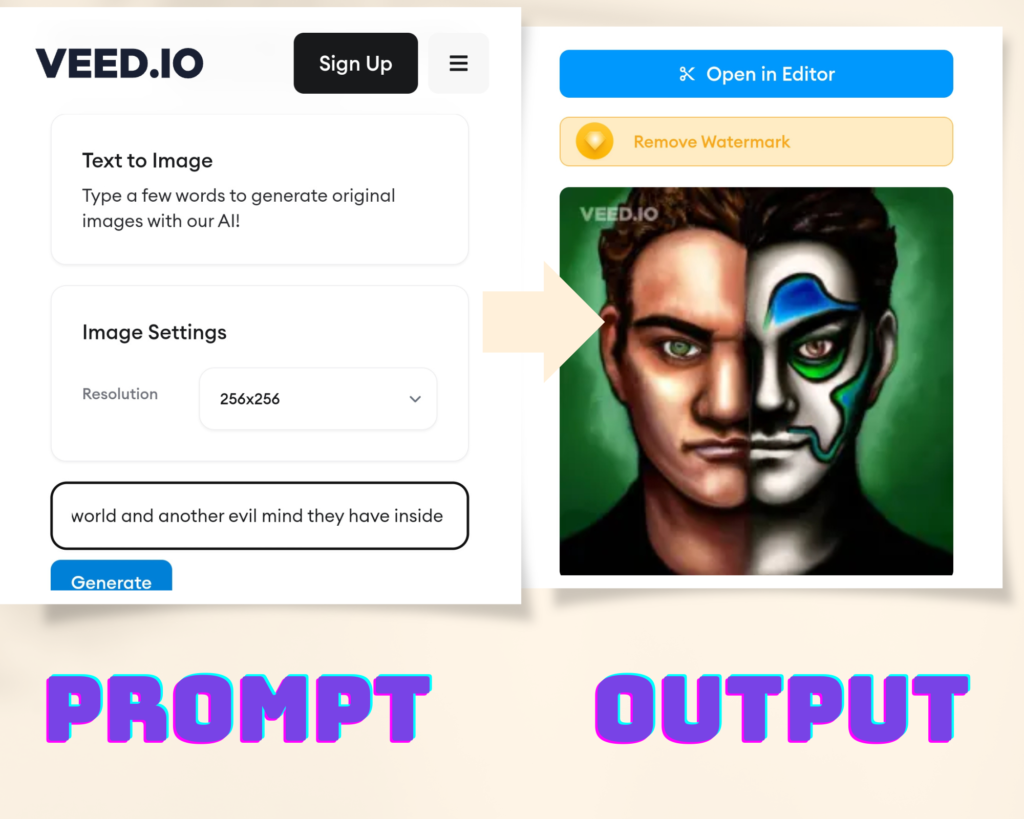
This one is really close to what I expected. Beautifully portrayed image.
Rating: 9/10
3. wepik
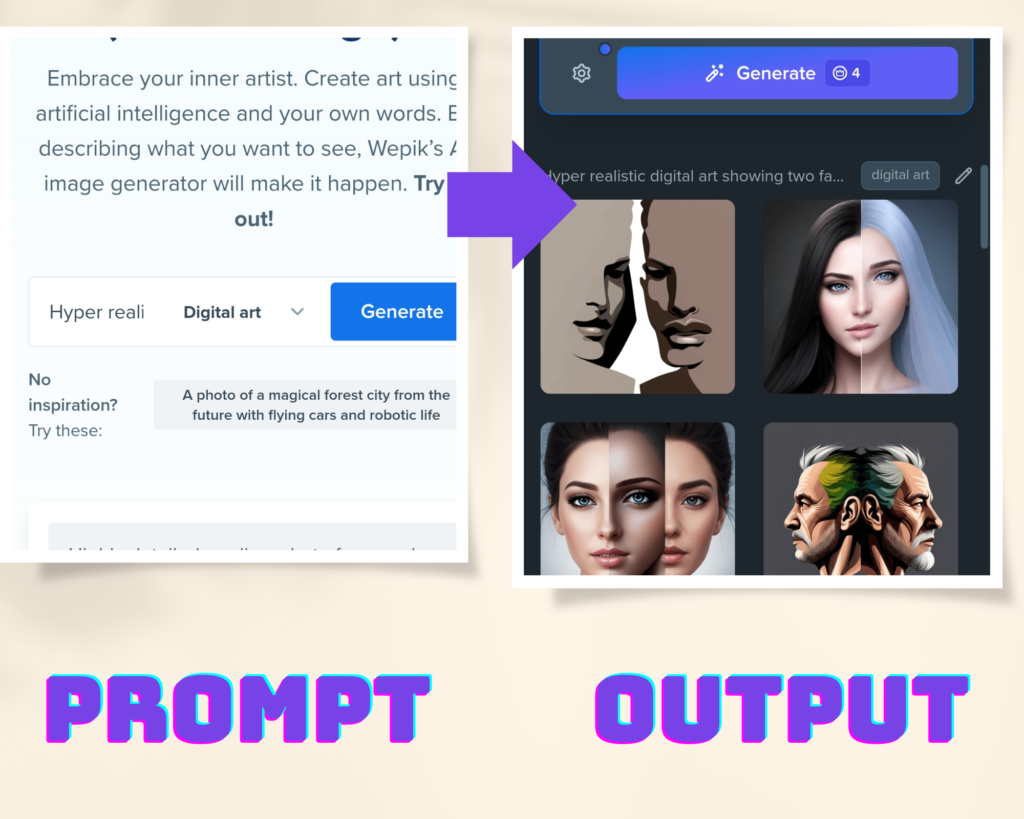
Looks like they considered the prompt as before and after or symmetric difference.
Rating: 6/10
4. AISEO
https://aiseo.ai/products/ai-image-generator.html

Its not referencing actual prompt but I liked the artwork.
Rating: 7/10
5. IMGCREATOR
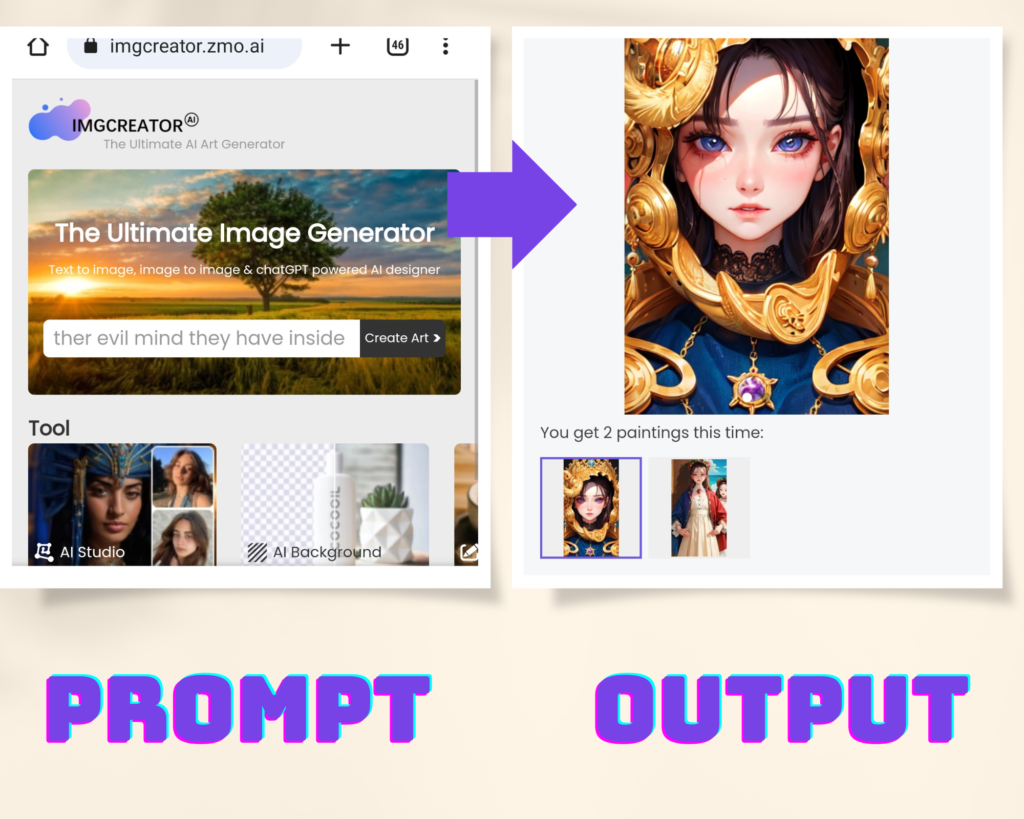
Looks like just created a random image. Not a single word from prompt is depicted.
Rating: 3/10
6. Artguru

Just a young and old difference? No man ! But the artwork is fine.
Rating: 4/10
7. craiyon
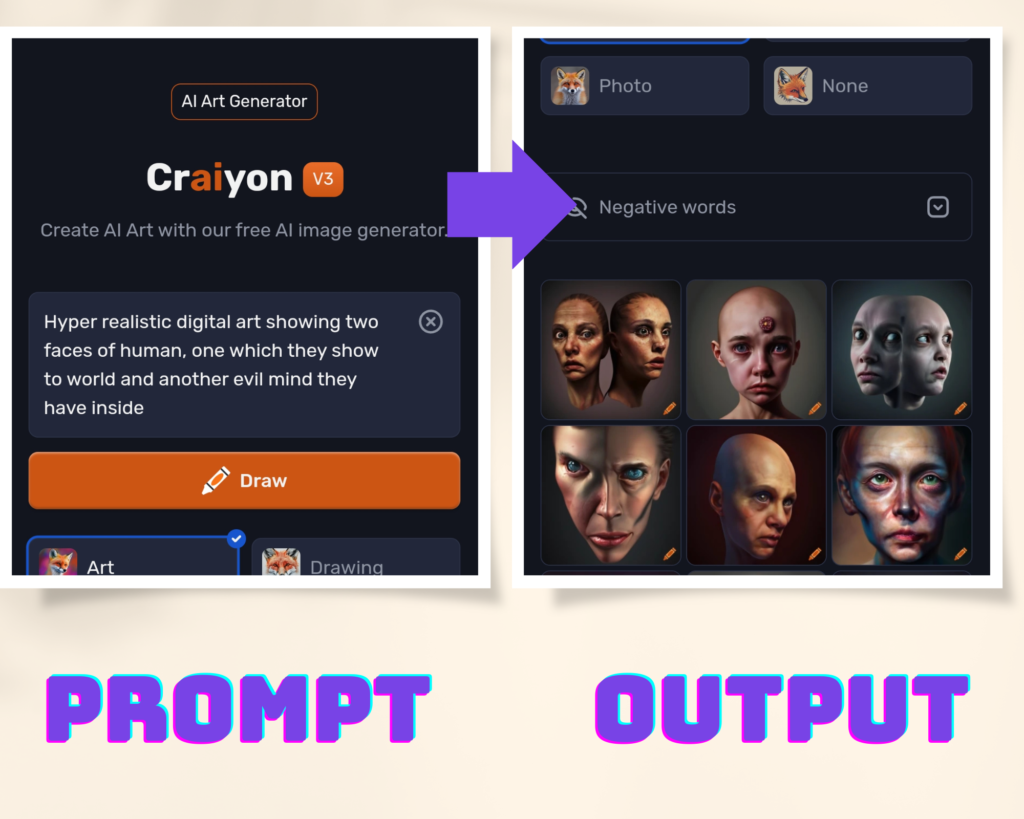
I didn’t prompted zombies bro !
rating: 3/10
8. Deepdreamgenerator
https://deepdreamgenerator.com/
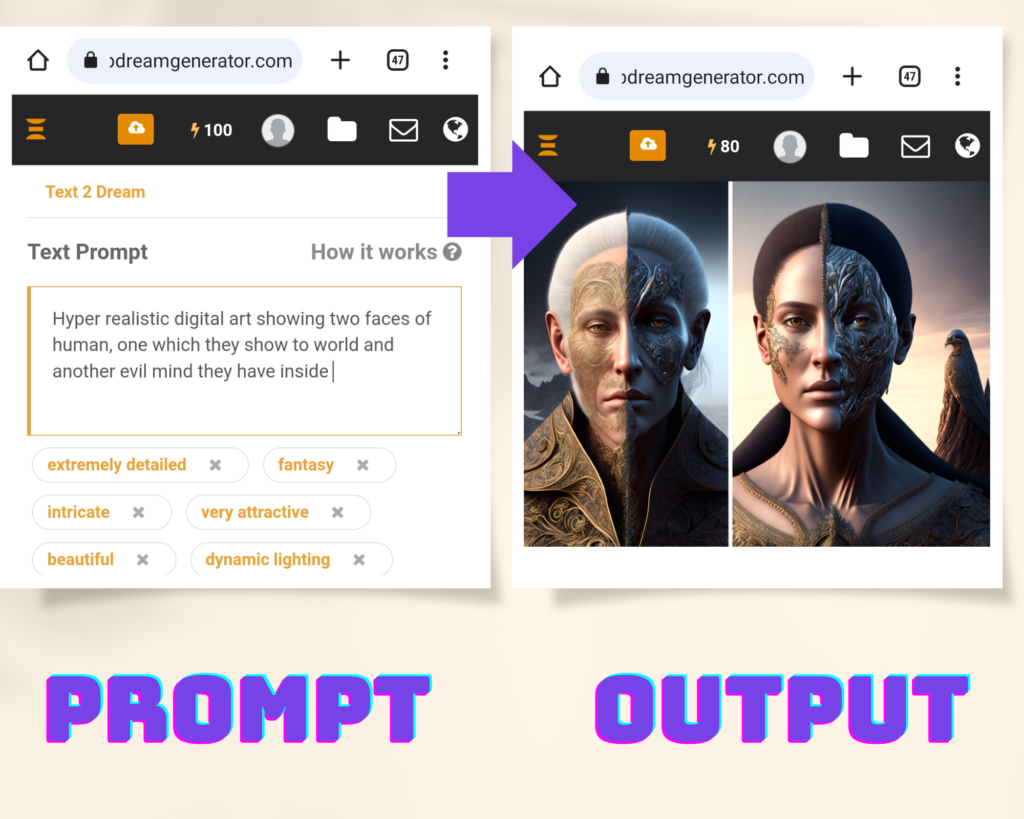
Good for Hollywood’s next epic character. But sorry !
rating: 3/10
How AI image generator tools works?
AI image generator tools are fascinating applications that harness the power of artificial intelligence to create lifelike images from scratch. Let’s explore how they work in simple terms:
- Understanding the Data:
These tools are first trained on vast amounts of data, including images of all kinds. The AI system learns to recognize patterns, shapes, and features that are common in these images. - Learning from Examples:
During the training process, the AI is fed numerous examples of images, along with corresponding descriptions or prompts. It learns to associate certain patterns in the data with specific features or elements. - Generating New Images:
Once the AI is trained, it can take a prompt, like a short sentence or a textual description, and start creating an image that matches the given input. It tries to bring together the patterns and features it learned during training to generate a new image. - Using Complex Algorithms:
To create these images, AI image generator tools use complex algorithms, such as Generative Adversarial Networks (GANs). GANs consist of two neural networks: a generator and a discriminator. The generator creates the image, while the discriminator evaluates how realistic it is. Through repeated iterations, the generator gets better at producing increasingly realistic images. - Fine-Tuning and Refining:
Sometimes, the initial image generated might not be perfect or exactly what the user had in mind. In such cases, the AI tool can be fine-tuned or given additional feedback to improve the output. - Limitations:
AI image generator tools are impressive, but they do have limitations. The generated images are based on patterns from the training data, so they might not always be entirely original or accurate representations.
AI image generator tools are revolutionary applications of artificial intelligence that can create remarkable images by learning from vast datasets and using advanced algorithms. Their ability to generate diverse images from simple prompts is a testament to the incredible potential of AI in the world of creativity and design.
